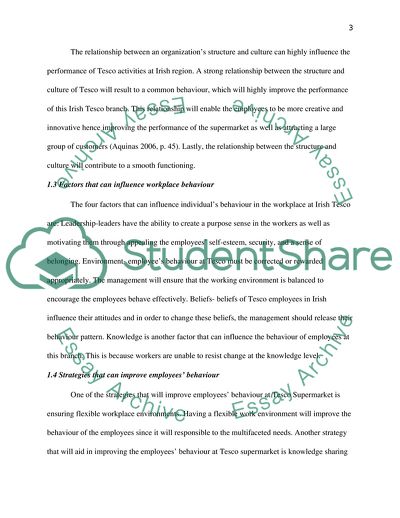Cite this document
(Comparison of Different Organizations Structures Essay, n.d.)
Comparison of Different Organizations Structures Essay. https://studentshare.org/marketing/1822175-organizations-and-behaviour
Comparison of Different Organizations Structures Essay. https://studentshare.org/marketing/1822175-organizations-and-behaviour
(Comparison of Different Organizations Structures Essay)
Comparison of Different Organizations Structures Essay. https://studentshare.org/marketing/1822175-organizations-and-behaviour.
Comparison of Different Organizations Structures Essay. https://studentshare.org/marketing/1822175-organizations-and-behaviour.
“Comparison of Different Organizations Structures Essay”. https://studentshare.org/marketing/1822175-organizations-and-behaviour.


